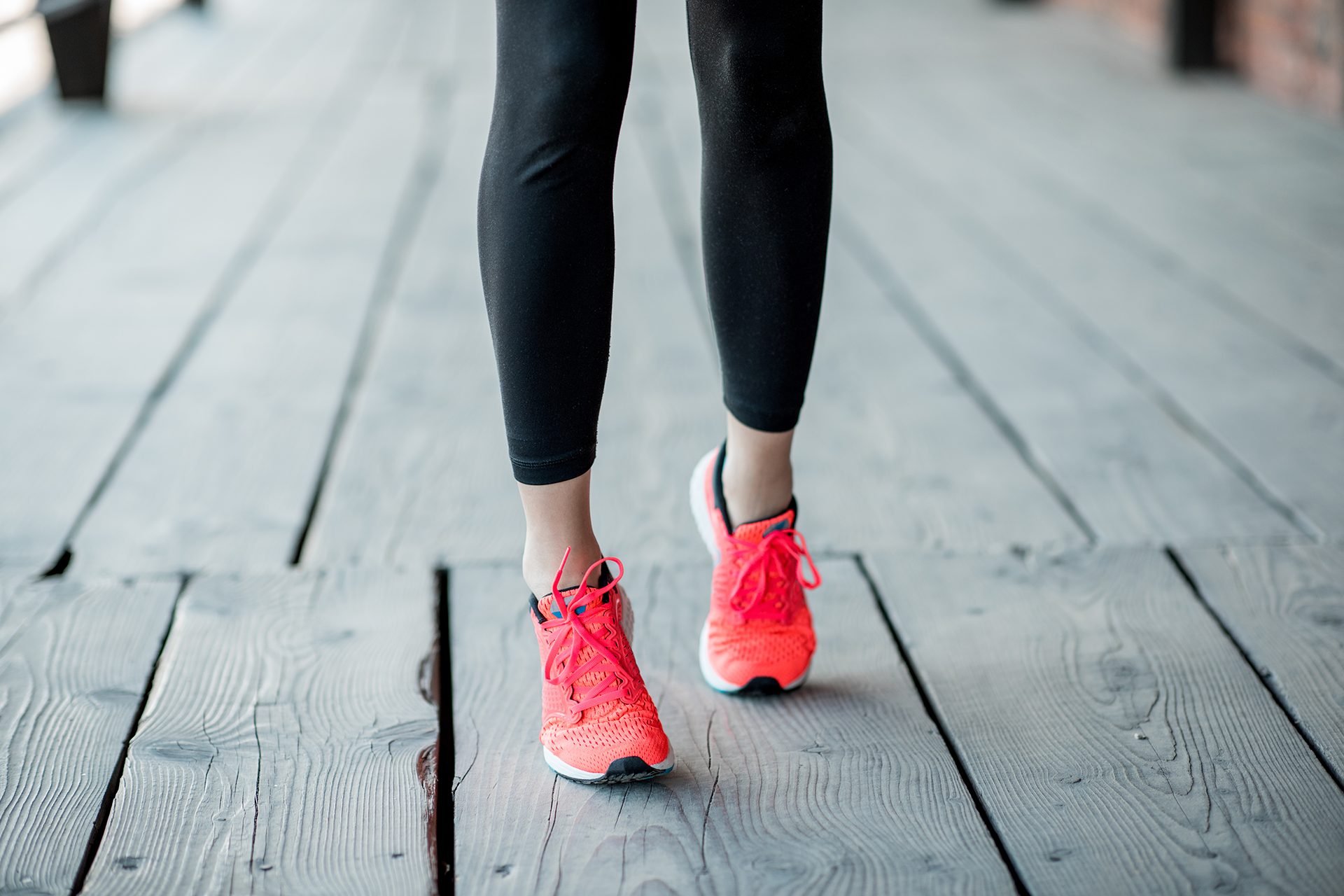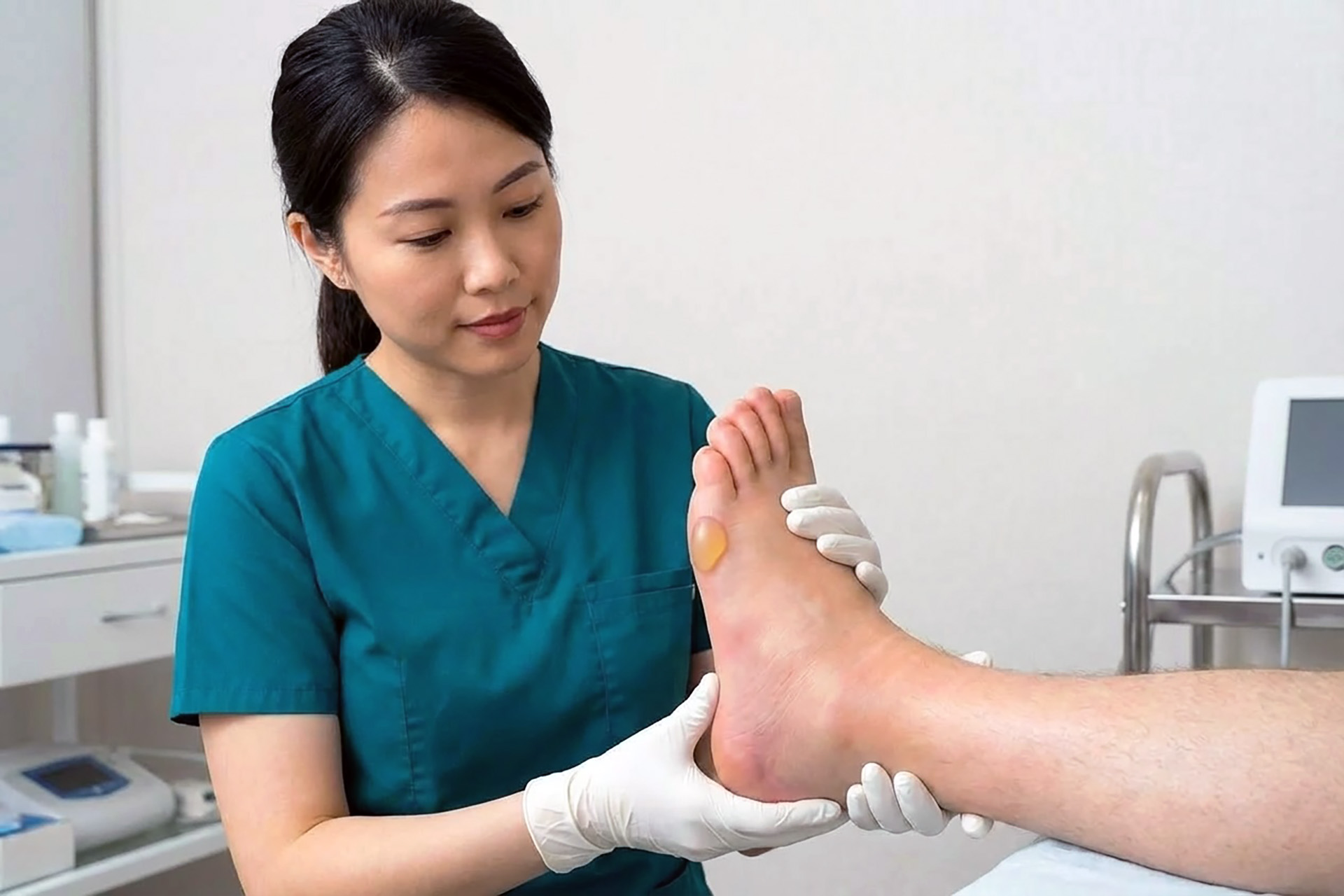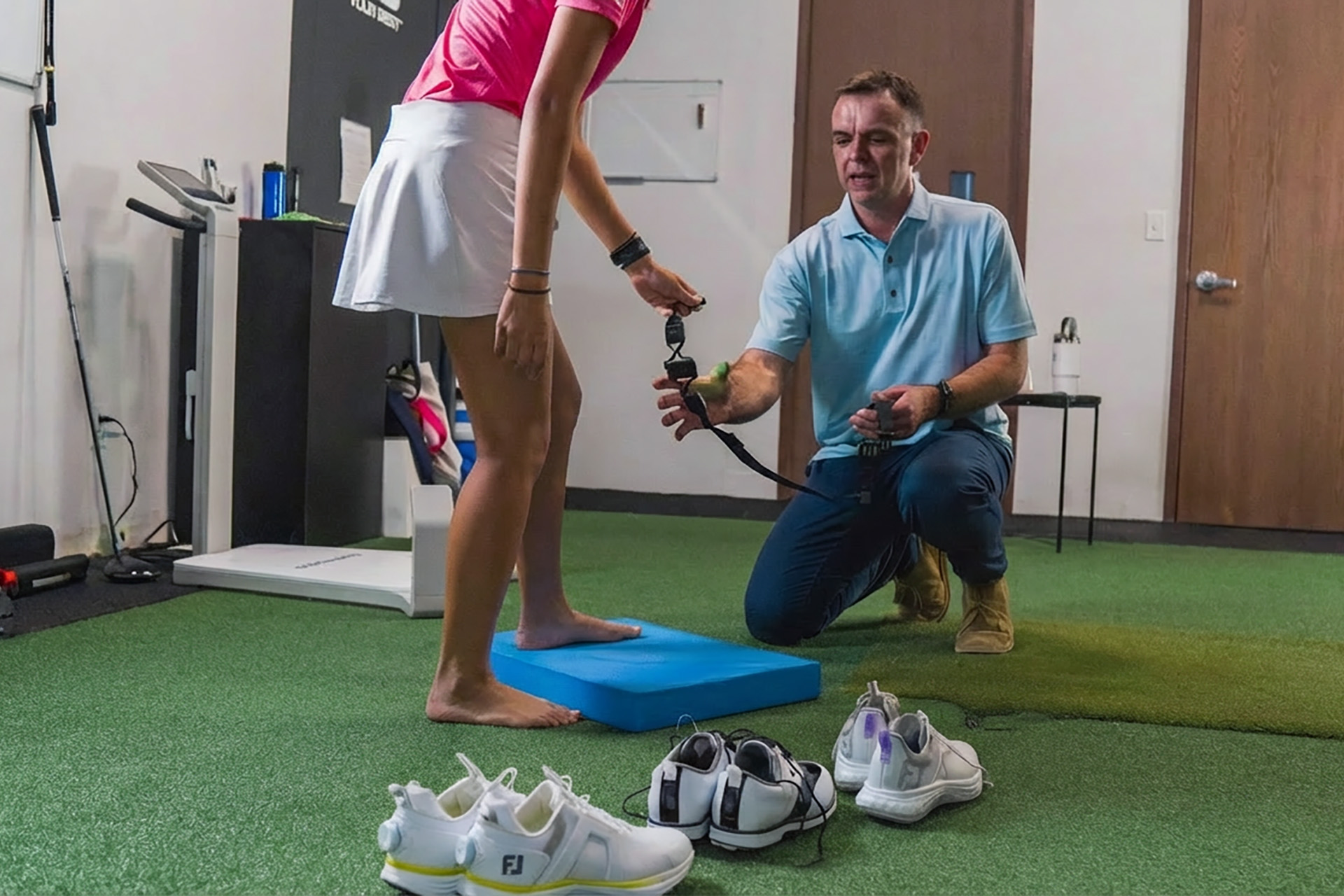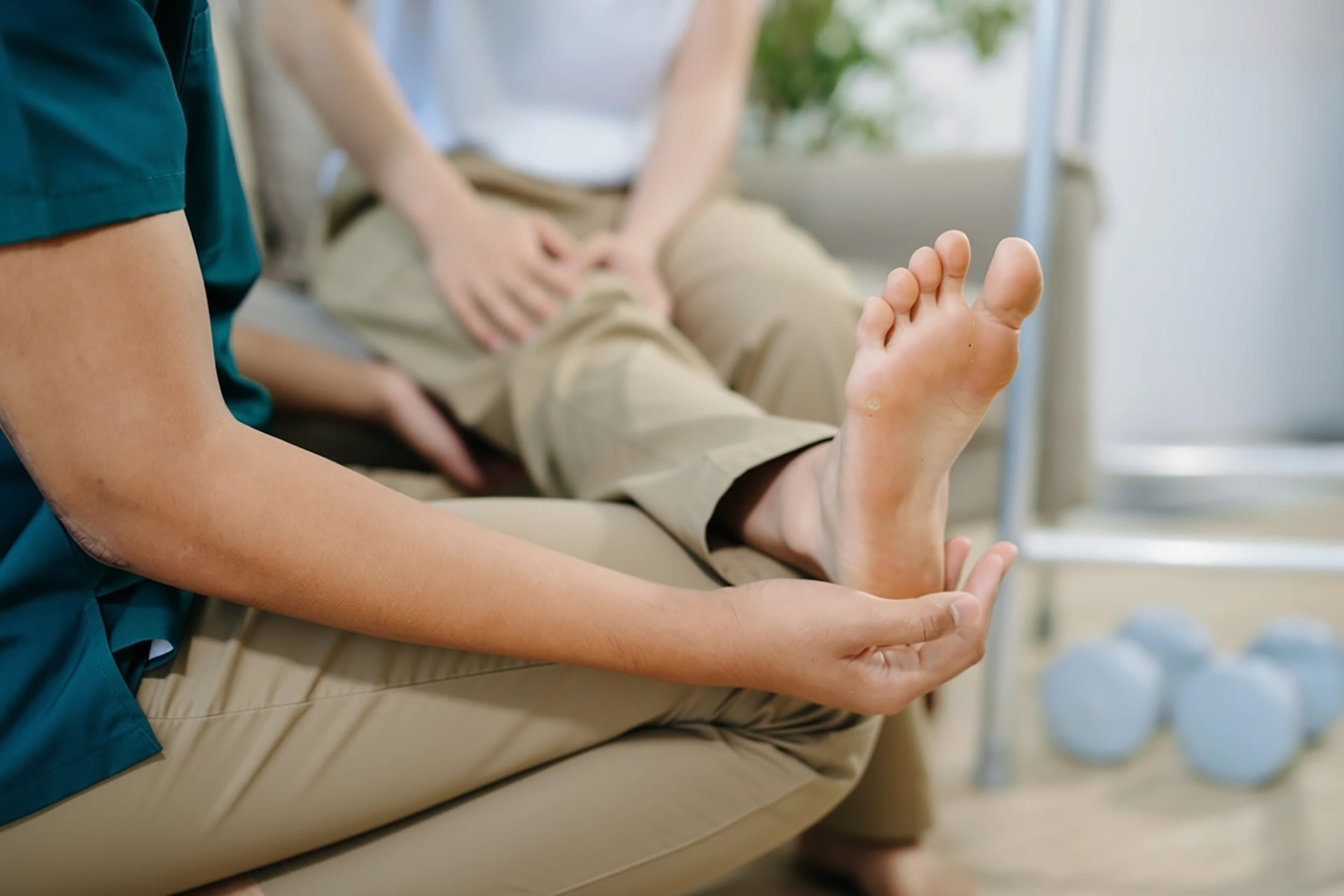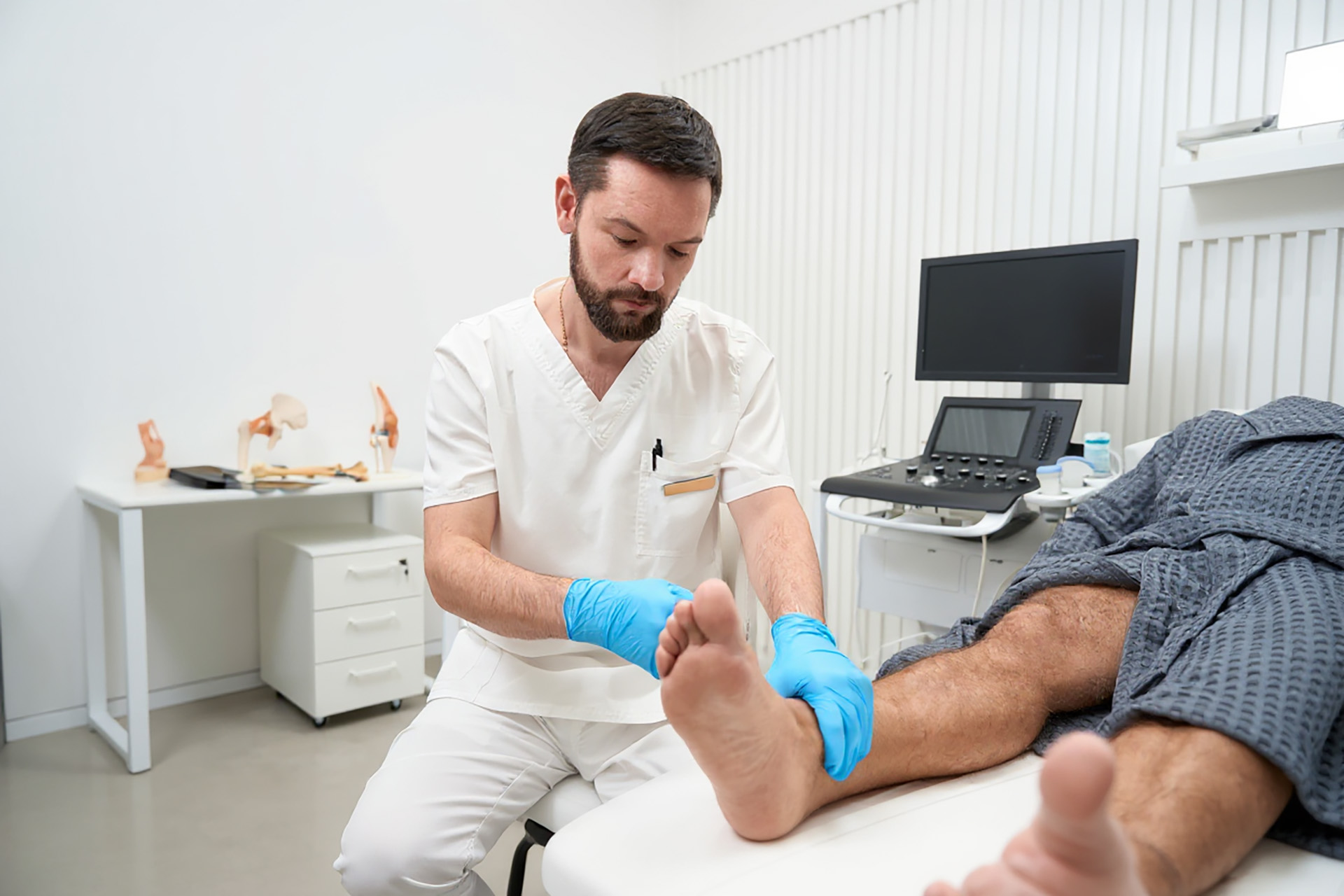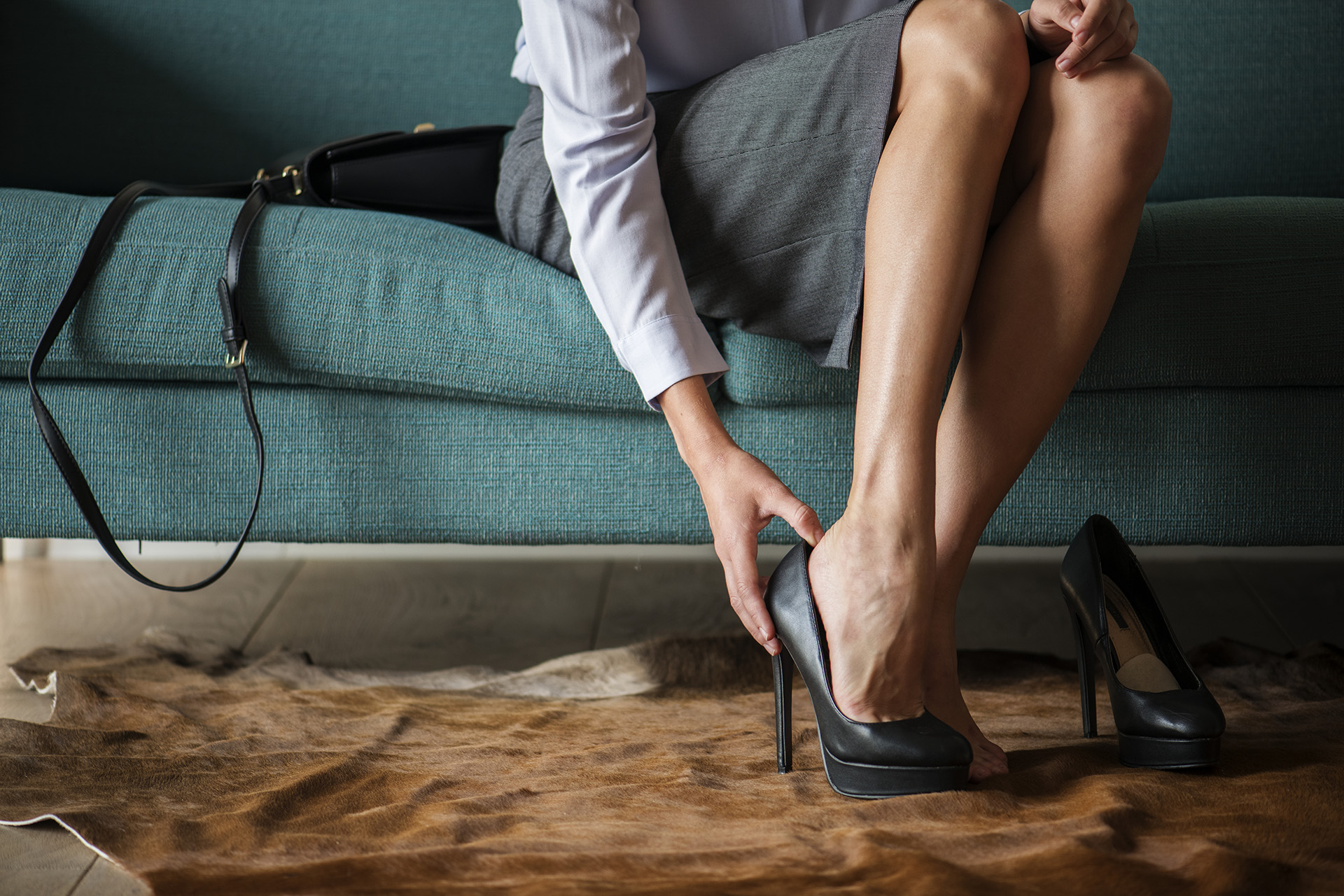Sometimes the underlying problem in adult intoeing gait is nothing more than the weakness of the muscles that support the foot and ankle, resulting in the typical intoeing of the foot. In tibia torsion or shin bones cases, our mobility treatment plans aim to correct muscle imbalances to align our lower limbs for proper function.
But if you’re looking for your child, visit our paediatric podiatry section for information about intoeing in children.
Foot mobilisation and lower limb exercises may be prescribed to help build strength and range of motion to address excessive internal rotation of the hips to realign your centre of gravity. Pigeon toes can be similar to having a club foot, and it tends not to go away on its own without other noninvasive treatment or surgical intervention in severe cases.
Causes of Pigeon-Toed Gait in Adults
Intoeing in adults causes a uniquely distinctive gait pattern. Most causes of a pigeon toe gait happen because some part of the leg or foot is out of alignment, including:
- Metatarsus adductus, a common congenital foot deformity in infants that causes the forefoot to point abnormally inward.
- Weak arches or people with flat feet can stand with their toes rotated inward, which causes discomfort when standing, or pigeon-toed walking or running.
- Shin bones can be misaligned and twisted, tipping the whole foot inward. Tibial torsion can be slight or severe.
- Thighbones can be twisted so that the entire leg tilts both the knees and feet inward in adults together toward the inside of the body. Femoral anteversion can affect just one leg or both legs in varying degrees.
Misalignments may be a sign of other abnormalities and lead to pain in other parts of the body. With proper diagnosis, a podiatrist can help to alleviate your discomfort by addressing the root biomechanical issue of an intoeing gait in adults.
Diagnosis of Adult Pigeon-Toed Gait
Pigeon toes in adults can be caused by acute trauma, muscle imbalances and overuse injuries, or from underlying neurological or autoimmune diseases like rheumatoid arthritis. Unlike in children, pigeon toes in adults is unlikely to resolve itself without proper treatment to fix pigeon toe foot alignment, and pain may increase as we age.
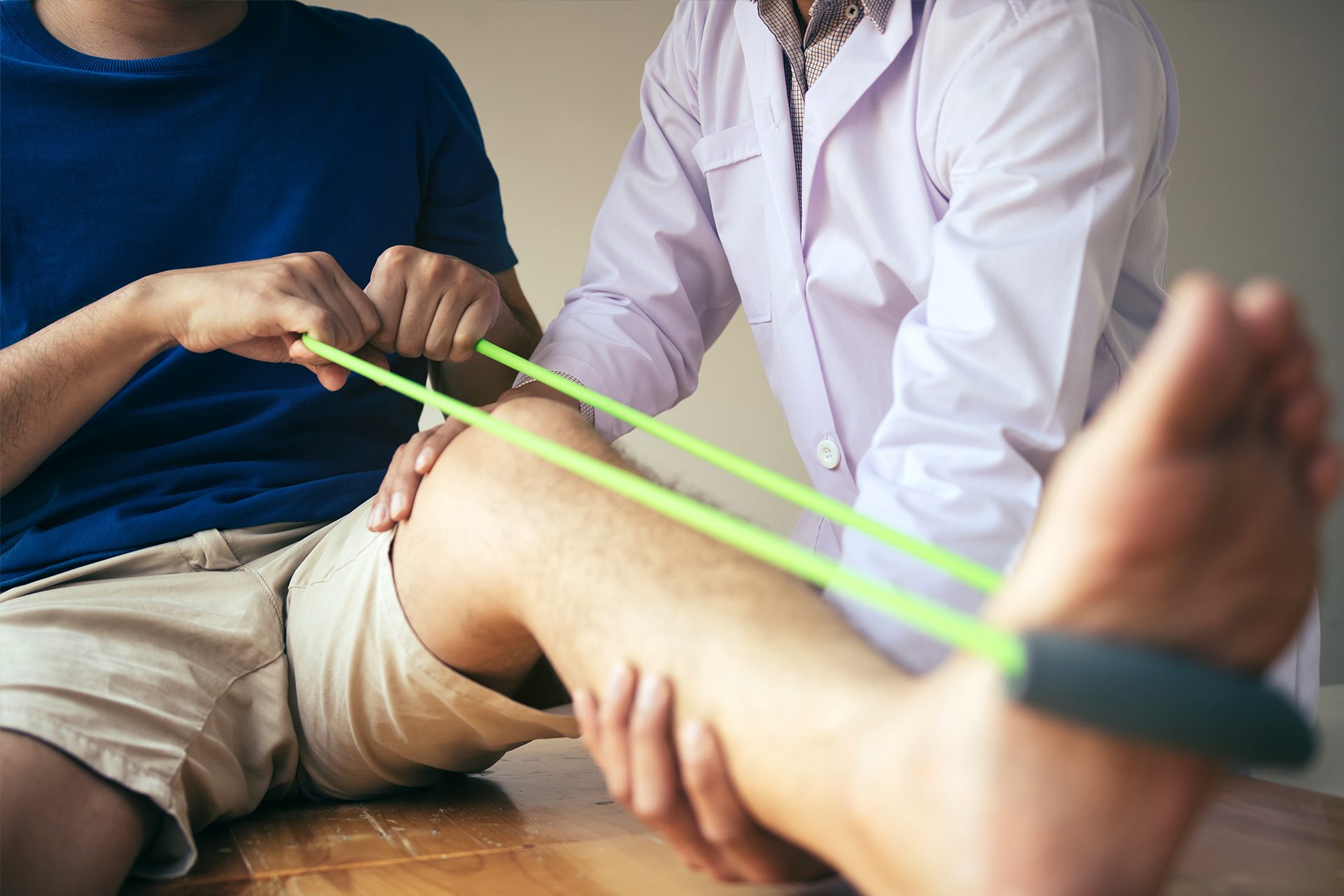
Our podiatrists will perform biomechanical assessments to measure not only the foot to see if the problem is from the hip position, a curved or flat foot, a twisted tibia or a twisted femur. X-rays can be prescribed. However, they rarely provide any additional insights beyond a careful examination by our trained podiatrists. During the diagnosis, we may help to uncover whether the core issue is due to other diseases.
Our focus at The Foot Practice is to help patients identify any underlying conditions or injuries that may have caused the dysfunction in the first place to address the discomfort with foot mobilisation and rehabilitative exercises, corrective shoe modifications or insoles for pigeon-toed adults.
Adult Pigeon-Toes and Knee Pain
Though children usually outgrow being pigeon-toed, the stance can persist in adults. Pigeon-toed hip problems in adults can be caused by a rotational twist in the shin bone or thigh bone that connects to the hip. When bow-legged people stand with their feet together, their legs tend to bend outward from each other, leaving a round space between or below the knees. And as our centre of gravity travels down through the pelvis through our knees, this can strain our knees and ankles, leading to discomfort.
Weight can’t bear down naturally through the centre of the knee – the strongest part — but instead shifts the centre of gravity to the areas less capable of coping with the stresses on the body. The symptoms may worsen with increased weight gain, as the increased load on the body may cause discomfort or pain in the knee and other joints.
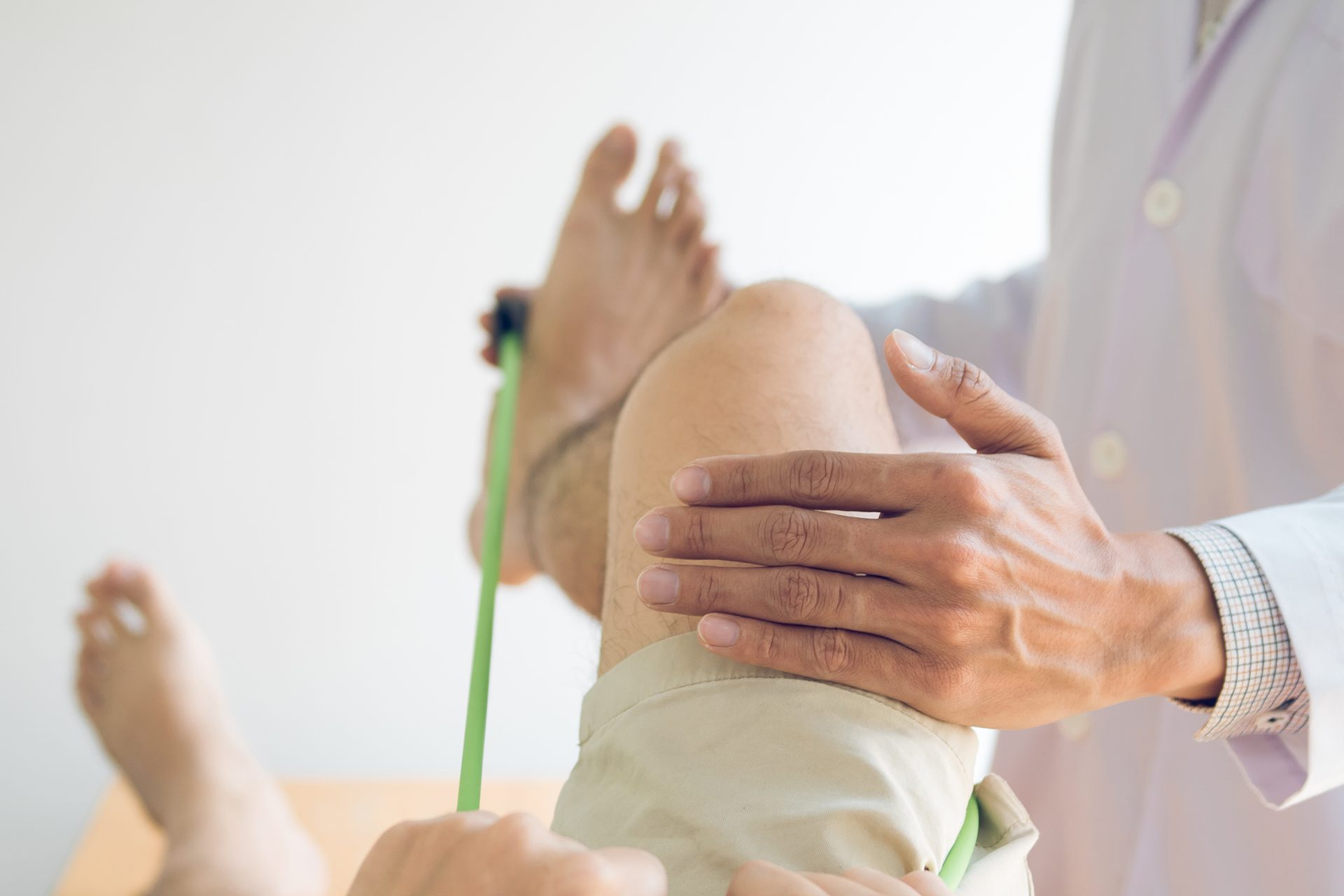
Treatment of Pigeon Toes in Adults
Unfortunately, our connective tissues conform to our skeletal muscles over time. Whether your pigeon toes is a result of an acute injury or structural predisposition, getting your body back into alignment will take some patience. This is where our knowledgeable podiatry team at The Foot Practice can help.
Treatment options on how to correct pigeon toes in adults depend on the specific cause and severity:
- 3D Gait Analysis can uncover the underlying musculoskeletal misalignments with sensors and infrared cameras that measure your movement and provide detailed information about your skeletal gait and movement patterns. The data is then interpreted to identify the underlying imbalance that may lead to your pigeon-toeing. A systematic plan is personalised to treat your specific condition.
- Physical therapy treatment for intoeing may be prescribed as part of your overall treatment plan by improving overall alignment and improving your foot’s function to alleviate discomfort. Stretches, range of motion and strengthening exercises to address functional issues may improve your condition.
- Corrective custom orthoses is an effective strategy to correct the alignment of your feet and to address weaknesses to readjust body alignment to reduce pressure on your lower limbs that may shift your centre of gravity.
These conservative protocols are often the first line of treatment. However, if your case is extremely severe, our podiatrist may refer you to an orthopaedic surgeon. Following surgery, we will work in tandem with your surgeon’s post-operative treatment plan to help you rebuild strength and proper muscle and tissue alignment to prevent any future injuries.
Mobilisation and Exercises
Mobilisation exercises can be effective by guiding the joints in the hips and legs through their full range of motion improving mobility and flexibility. These exercises may be helpful in correcting the alignment of the body by allowing for greater flexibility of the lower limbs through strengthening and loosening the surrounding tissues supporting the foot.
Mobilisation exercises can be extremely effective if incorporated as a part of a tailored treatment plan that correctly addresses the source of your condition.
Some of the exercises that we recommend include:
- Exercises that increase the flexibility of the muscles and connective tissues in your lower limbs may help restore the tibia and fibula’s ability to rotate. Certain strengthening and flexibility exercises can help correct imbalances allowing the muscles around the lower leg to become more mobile, allowing them to maintain a more comfortable position.
- Balancing exercises improve the condition of the surrounding tissues in the lower leg while training the nerves in the foot and toe to fire properly.
- Exercises that address weak musculature which may be a source of pigeon toeing. For example, if you have weak arches, standing with your feet rotated inward can help ease the discomfort of standing, walking, or running. Another effective technique to treat pigeon toes is to loosen the tissues of the feet such as for those who have plantar fasciitis.
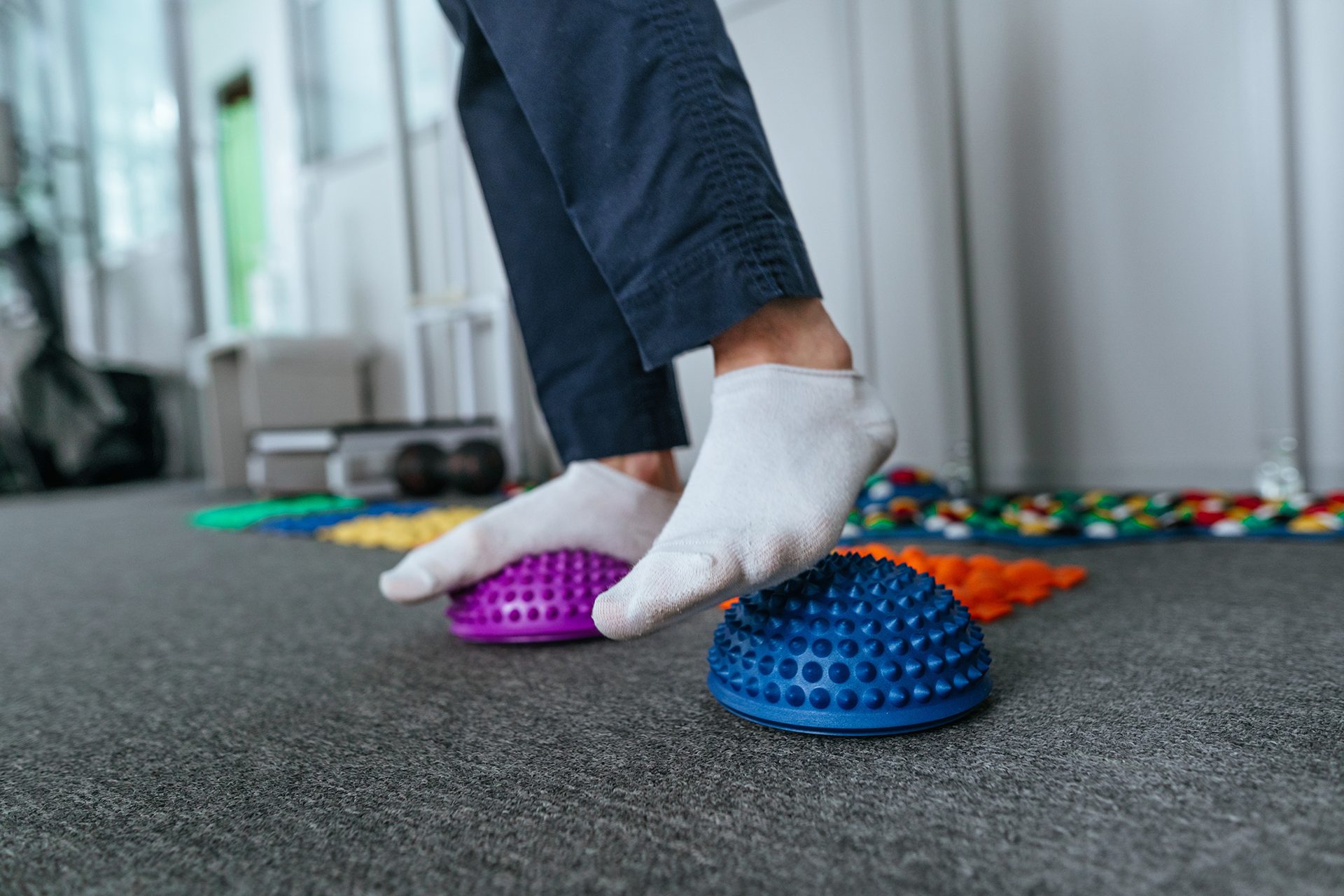
Correcting pigeon toes in adults with physical therapy exercises addressing the source of your ailment may be extremely important. A quick consultation with someone from The Foot Practice’s team can quickly determine the source of your ailment while determining whether specific exercises are necessary, as well as which ones will be best suited to restore you to good health.
Schedule a Consultation with Our Podiatry Team
Scheduling a consultation with our podiatrists can be the first step to pinpoint biomechanical imbalances and the root cause of adult pigeon toes. Whether you’re simply looking to relieve your foot pain or want to improve your sports performance by addressing your condition, make an appointment with The Foot Practice today.

